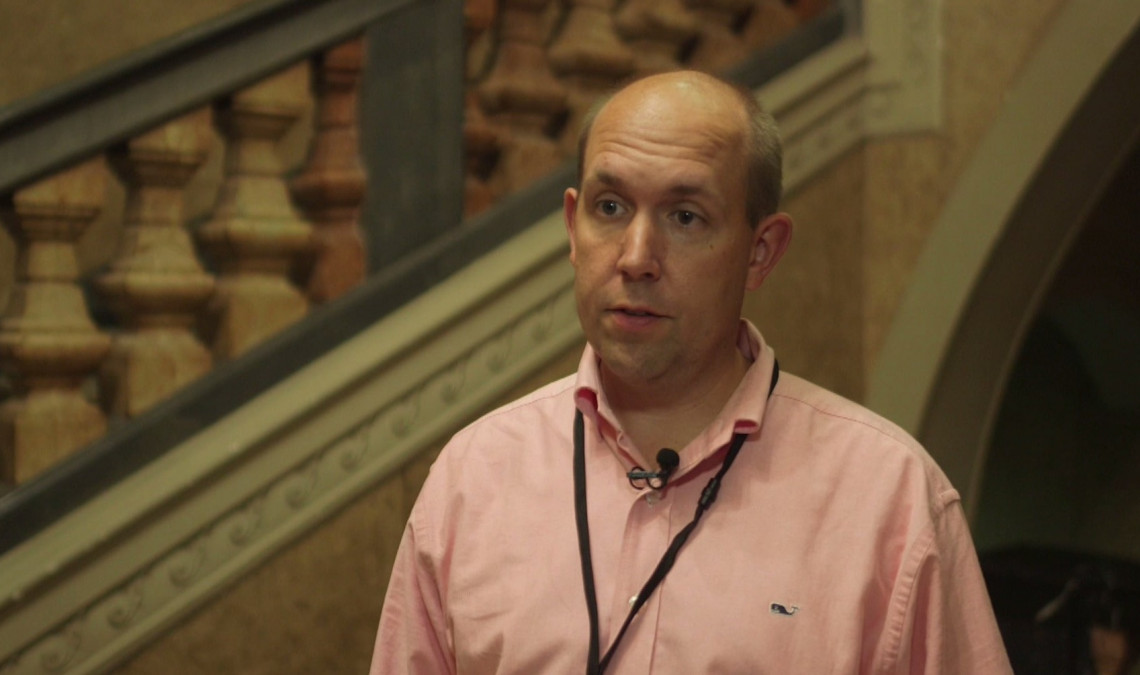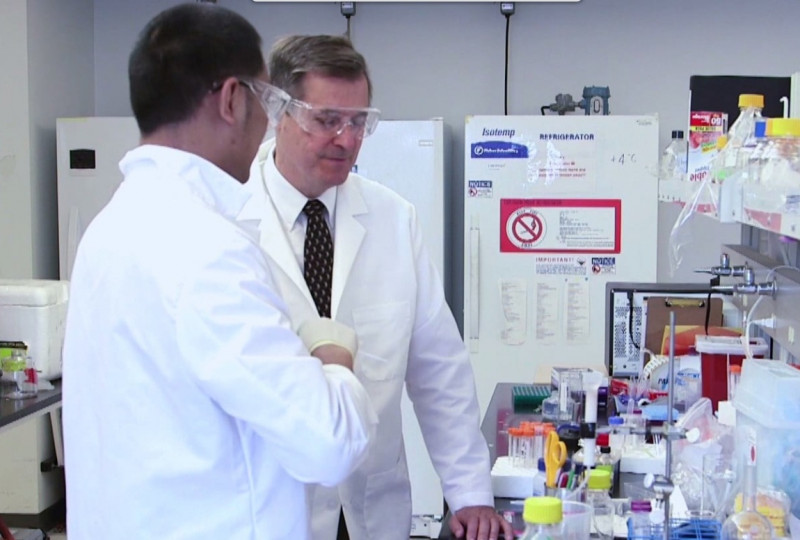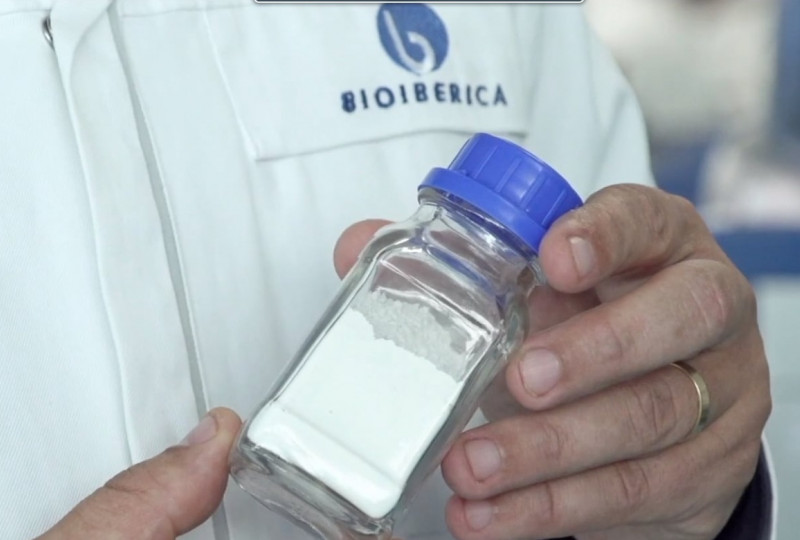Interview with Zachary Shriver, Harvard-MIT Division of Health Sciences & Technology

Late September 2016, leading glycosaminoglycan specialists convened to discuss the future of Heparin at the Institute Ronzoni Symposium, and we had the opportunity to talk to some of them. At this interview, Mr. Shriver talks about the recent efforts to take molecular level characterization techniques and apply them to the control of heparin.
ZACHARY SHRIVER, Harvard-MIT Division of Health Sciences & Technology
"So, what I will be speaking about today is at recent efforts really to take molecular level characterization techniques and apply them to the control of heparin and make sure that heparin is safe, and this evolved out of the situation that occurred in early 2008 where heparin unfortunately was laced with a contaminant called oversulfated chondroitin sulfate and that, unfortunately, caused some severe reactions in people, patients who were receiving heparin and ultimately probably lead to some patients deaths. And I was part of the team that developed improved characterization and quality control measures that helped make heparin supply chain safe".
What are the current methods to ensure quality and safety of heparin?
"There are a set of techniques, including improved methods, to measure the activity of heparin in the test tube…. improved ways to look at the structure of heparin, including using something called Nuclear Magnetic Resonance and also applying different chromatography methods, and these are really intended to be relatively high-through put methods to look at multiple lots of heparin and make sure they pass the central quality metrics, and so can be released and given to patients and, ultimately, hopefully, make sure the supply chain is safe".
Could a cross- contamination occur again?
"Well, I can’t say it’s never going to happen again. I would say it would be very, very difficult at this point for contaminated like oversulfated chondroitin sulfate to reenter the heparin supply chain, so that includes not only the analytical methods we spoke about, but how a lot of the regulatory authorities have ensure that at the manufacturing level there is traceability and safe guarding of the supply chain. And then also I would say our ability to monitor signals and the clinic has also increased. So, for those reasons and probably others that I haven’t mentioned, I think the way that groups came together from academia, industry and regulatory authorities really provide this kind of comprehensive response, has been really gratifying".
Related stories

Despite being a centenary drug, heparin remains as one of the essential drugs of medicine and especially of modern surgery but, in addition, possible applications in malaria, cancer or fertility are being investigated.

The use of heparin in pregnancy is increasingly common to avoid thromboembolic complications, abortions or delays in fetal growth. In this story, Monica tells us how thanks to heparin, she was able to bring her third pregnancy to term.

Since its foundation in 1975, Bioiberica has been focused on the production of heparin. The company understood that it was an active ingredient indispensable for human health and that it was important to be able to offer the maximum guarantees of safety and traceability.